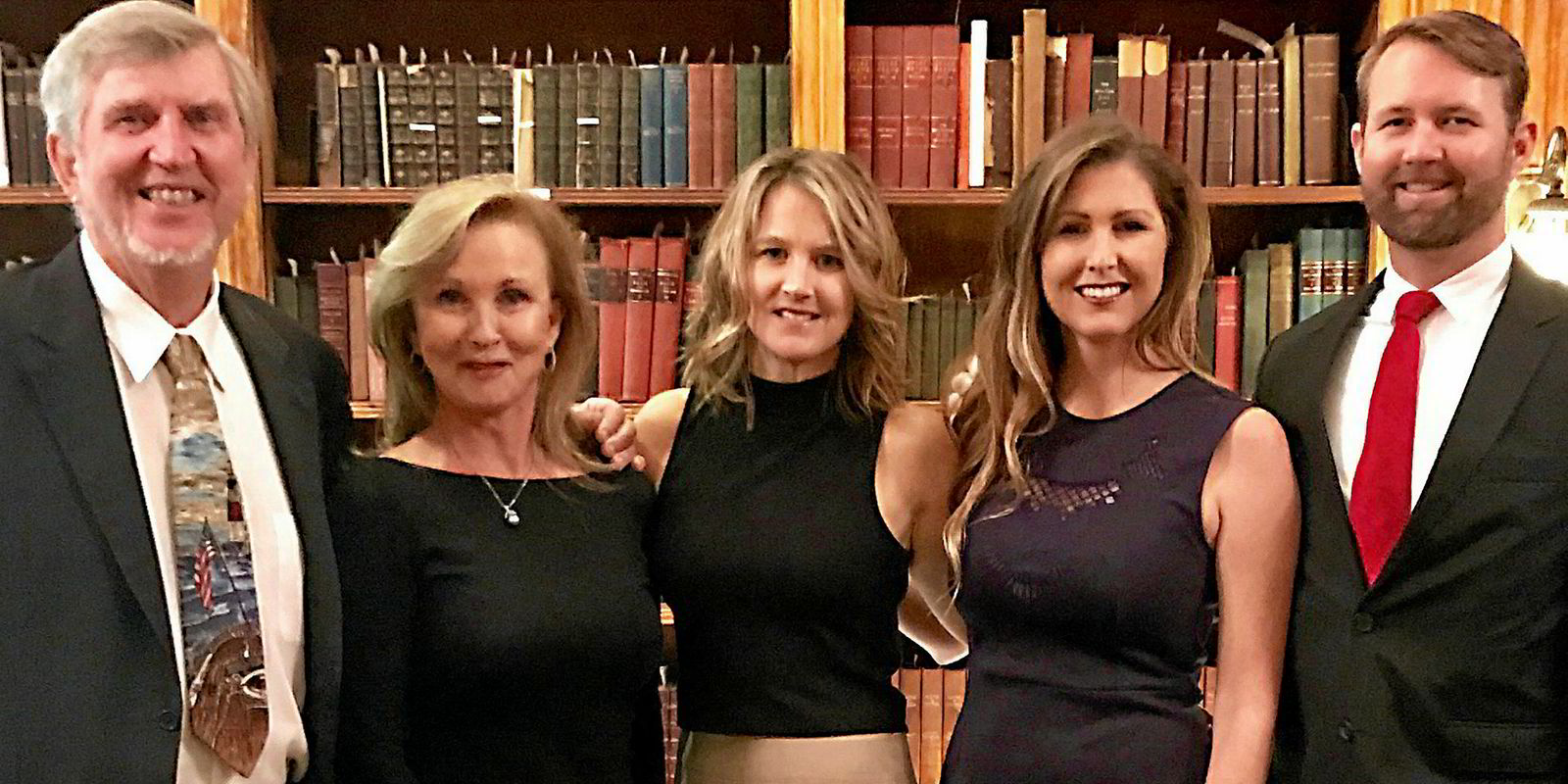Resolve Marine’s commitment to be a family-owned, dedicated salvage company goes against the grain of the industry’s leading players seeking to consolidate, backed by quoted corporate giants, while diversifying away from salvage work. So who has got it right?
The main target for the big players such as Resolve, Ardent and Smit is a wreck removal business valued at $400m-$500m a year. The big problem for them is that regular work is not guaranteed, bidding is increasingly competitive and insurers’ terms and conditions often place huge commercial risk on the salvor.
Joe Farrell III is clear that the absence of dividend-demanding shareholders is a benefit in the salvage industry in terms of investment decisions and management stability.
Resolve’s recent investment in salvage equipment means it is well positioned to respond to incidents around the world. That might not have happened if shareholders had a say.
“Proceeds from Deepwater Horizon and Hurricane Katrina have been reinvested in the company. It would have been easy for shareholders to take it, but we’ve thrown it back in,” he says. “What we’ve done is heavy reinvestment to the point of, if you were a shareholder, you would not be happy, you would be saying, ‘Where’s our nut?’
“What we are doing now is leveraging our assets. We are saying, ‘OK, now we have all the pieces, let’s make them work’. Everything we are doing is based on growth and efficiency. We don’t need any more assets: we have 39 floating assets, barges and tugs.
“There are no quarterly expectations, which is appropriate, because to apply a shareholder’s point of view in salvage does not work. They might say, ‘How are we doing this quarter?’ But no ship sank, so what do you do?”
On the other hand, Smit and Ardent are now linked to the giant quoted Boskalis and Svitzer groups. But to meet shareholder expectations they have diversified away from the dramatically fluctuating earnings environment of the salvage business.
They can utilise the assets of parent companies when complicated salvage jobs come up and also employ their own assets with group companies when there is no salvage work.
The heavyweight financial backing of conglomerates is important too. Salvors are often left waiting years for awards to be paid, making cash flow a major headache. There is also the huge commercial risk in quoting for jobs that might turn out to be millions of dollars costlier than expected.
Farrell III believes that focusing on, rather than diversifying from, salvage and wreck removal will bring better returns in the long run.
“The core of what we do is salvage wreck removal. We have 26 different things going on with aircraft, towage and the academy, but at the top of the pyramid is salvage and wreck removal, and everything is to leverage that main function.
“No one else is doing that right now of the size we are. What we see is a $480m market that we are OK to exist in and have a large percentage of market share.
“We have to attack market share. It’s not a growing market, so the next 20 years, let’s attack the market. We’re going in.”





